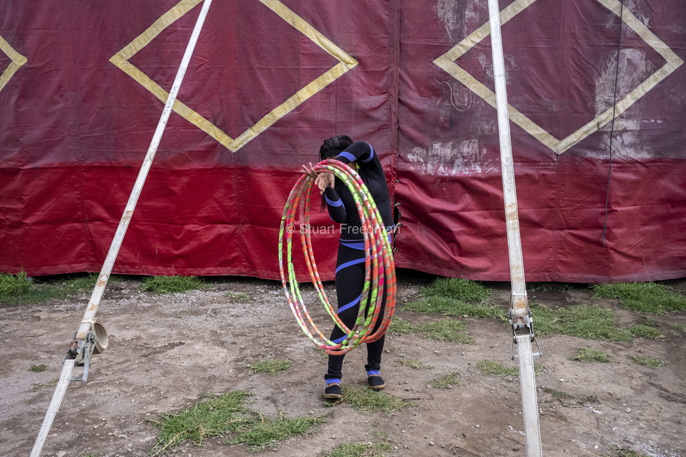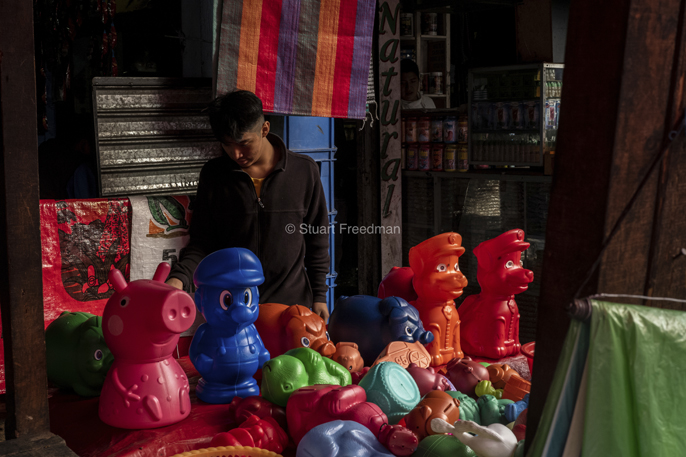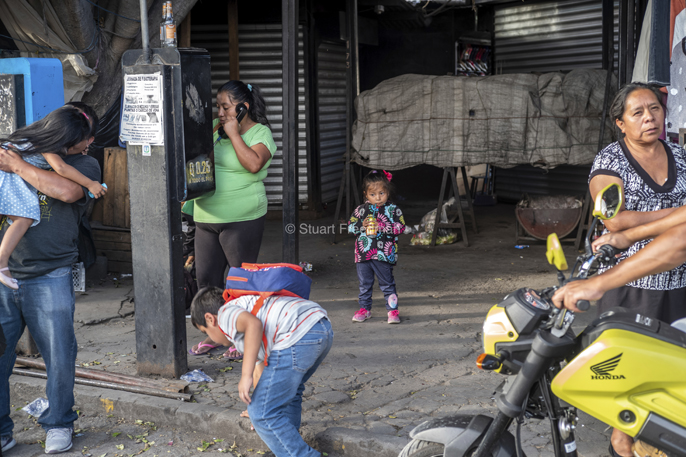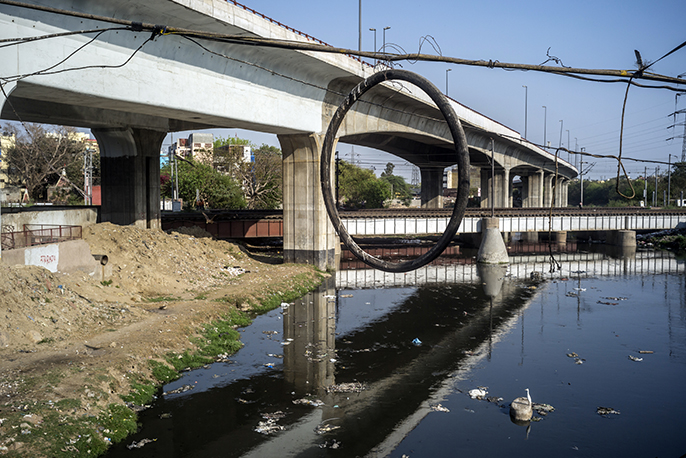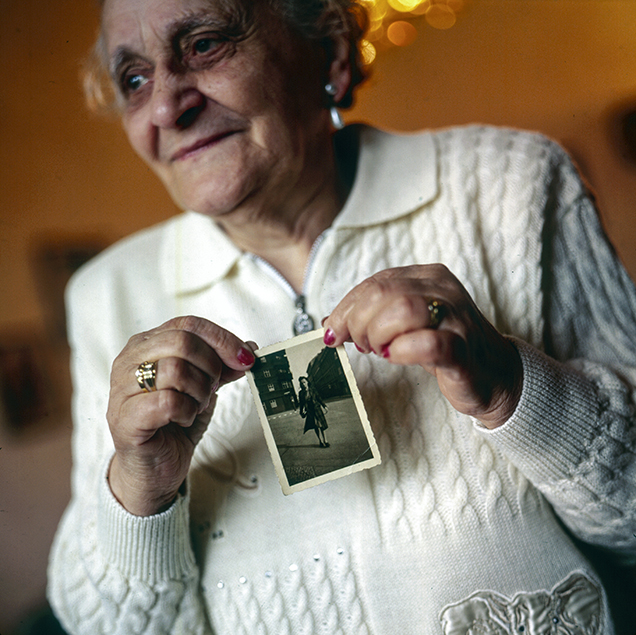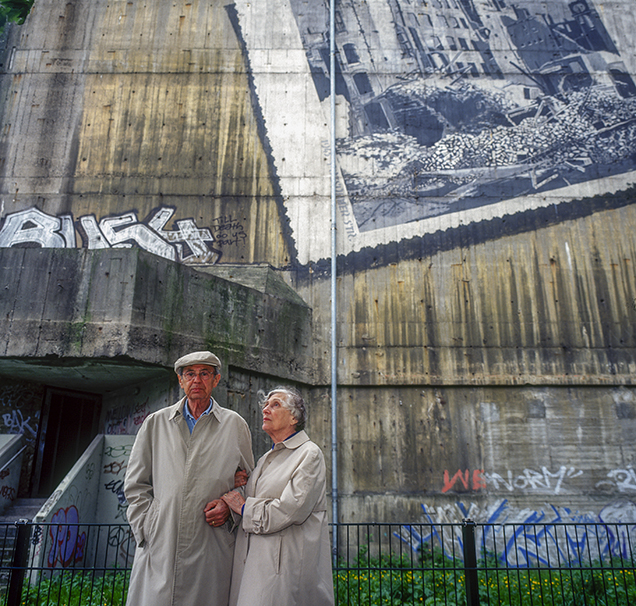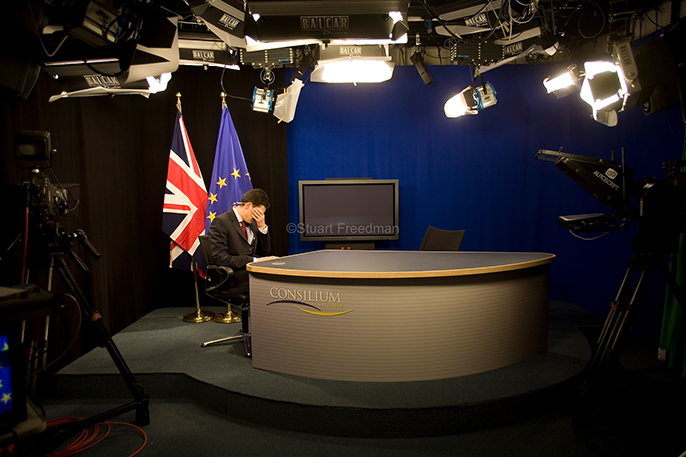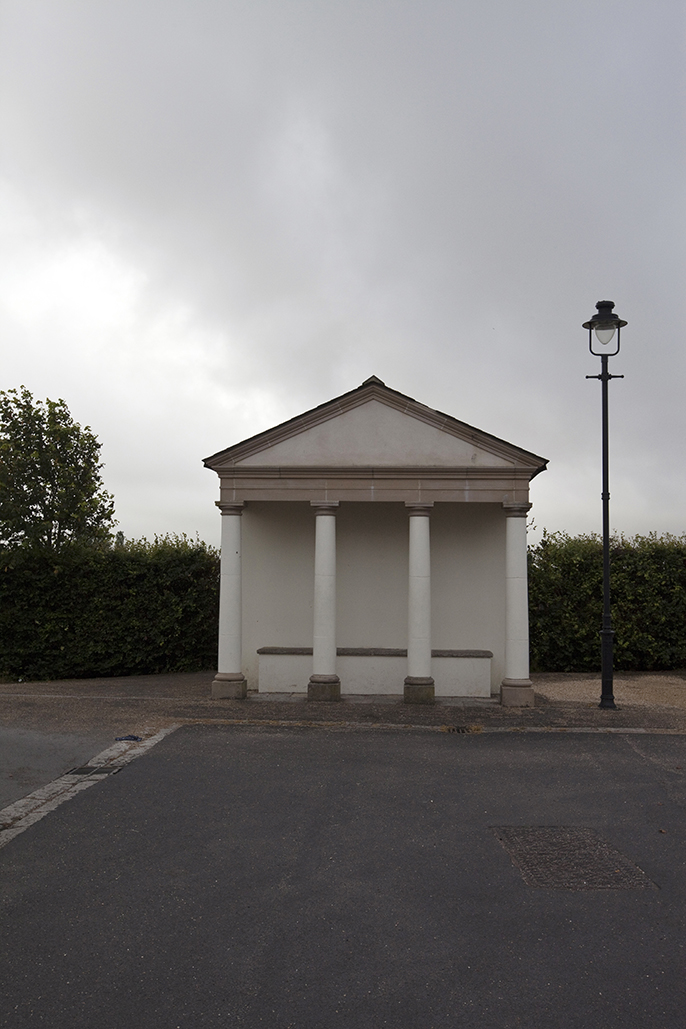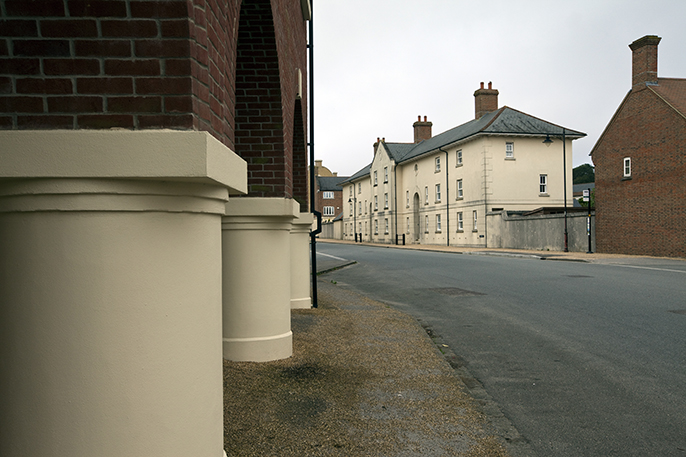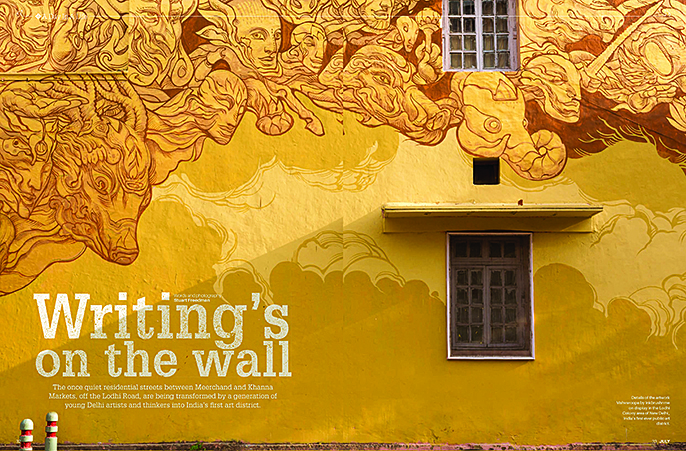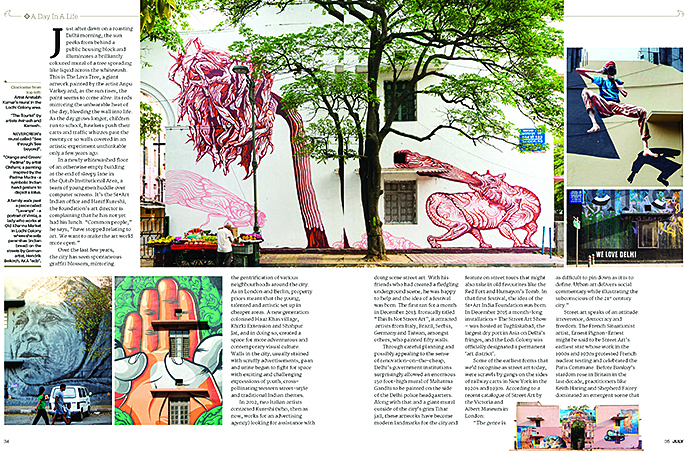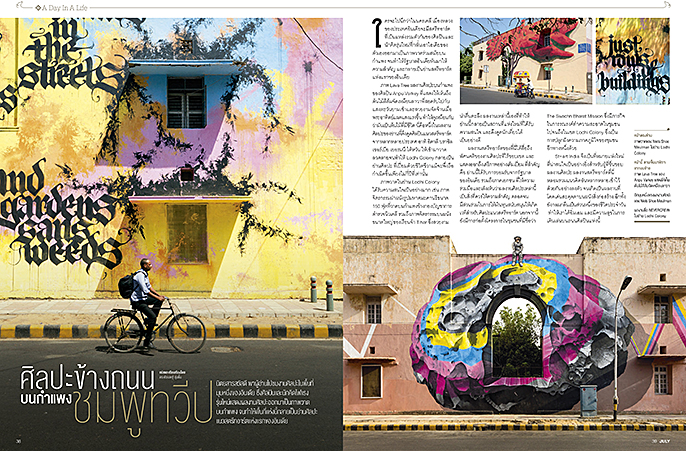I’ve just returned from a three week assignment in Central America for an old and favourite client. When I think back to some other clients and assignments over the years, this was wonderful: lovely hotels, a great driver, and a workable schedule. It meant that I could produce really strong work from every situation that I was presented with and give the client exactly what they wanted.
It also gave me the opportunity to rebel – to do something different – to jump a little outside of the comfort zone that I was (very happily) working in. On a day off and by adding days at the end of the job (on my own money) I tried to make work that pushed me and in some senses, put me back in touch with the young photographer shooting transparency film on manual cameras that I was twenty years ago. I haven’t had much opportunity to re-connect with my younger self over the last year or two; to take chances; to ‘risk’ exposures and compositions – but I highly recommend it.
Let me expand. What I make are, I hope, beautiful, colourful and simple images. It’s how I see and how I think. It comes from my conception of where I believe good reportage (especially good written reportage), and good photojournalism comes from. The ability of an image – or more importantly – a series of images, to convey quickly and effectively, a story and a meaning (a bit passé I know for the Post-Modernists amongst you). Those (unlucky enough) to have attended my lectures earlier this year at the Photographers Gallery or any numbers of talks or mentoring sessions that I’ve given will remember me banging on about this. I can bore for England about the history of visual journalism in Weimar (or Hungary or in Russian Constructivism – just ask…) and the transplantation of this culture to mid-century America in the form the nuanced photo essay (and American soft power – ask at your own risk…).
But sometimes…
Just sometimes… we all need some space to experiment; to let our visual hair down (those that know me will realise the painful irony here) and make interesting questions as photographs. We need to wander around Guatemala City (and other places) and make images that push us. Sometimes they work and sometimes they don’t but doing something that challenges you is always worthwhile. Isn’t it? I remember a younger photographer that would always shoot the story but then always try something different. There were always a couple of frames on the end of every roll (sometimes in the middle) where I’d tried a composition that didn’t fit the story (and I couldn’t edit it in) but made a strong image that stood alone. I’d stopped doing that for a while and so with a single Leica (a very taped-up M10 if you’re interested: but it’s not that interesting is it?) and (mostly) a 50mm lens, I started challenging myself.
Here’s some of what I came up with.
Some of this ‘safer’ work is available to view on my Twitter feed and (apparently more important) Instagram page … instant-this, instant-that… you know how it is… but if you like what you see, follow me and I’ll try and keep uploading…

